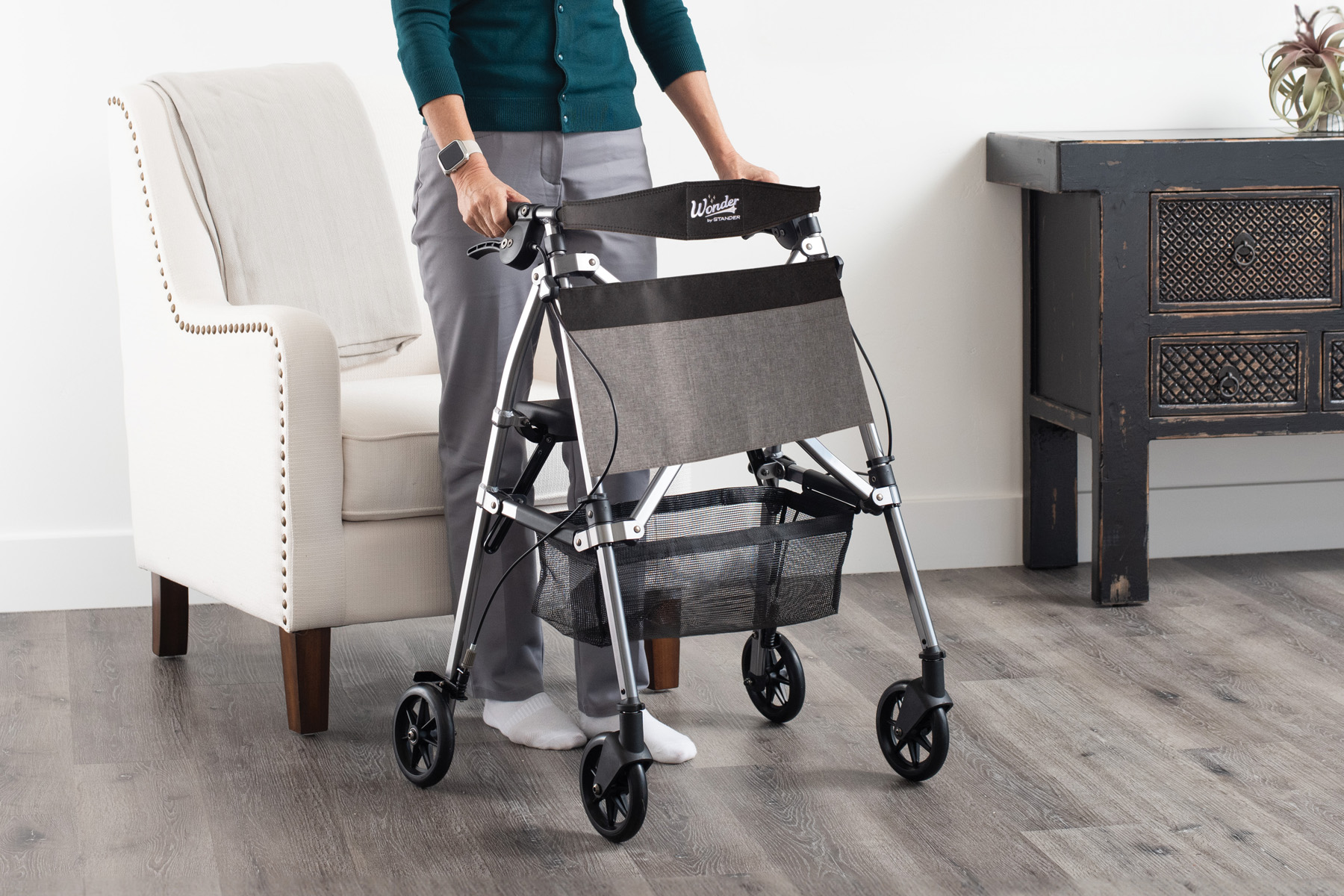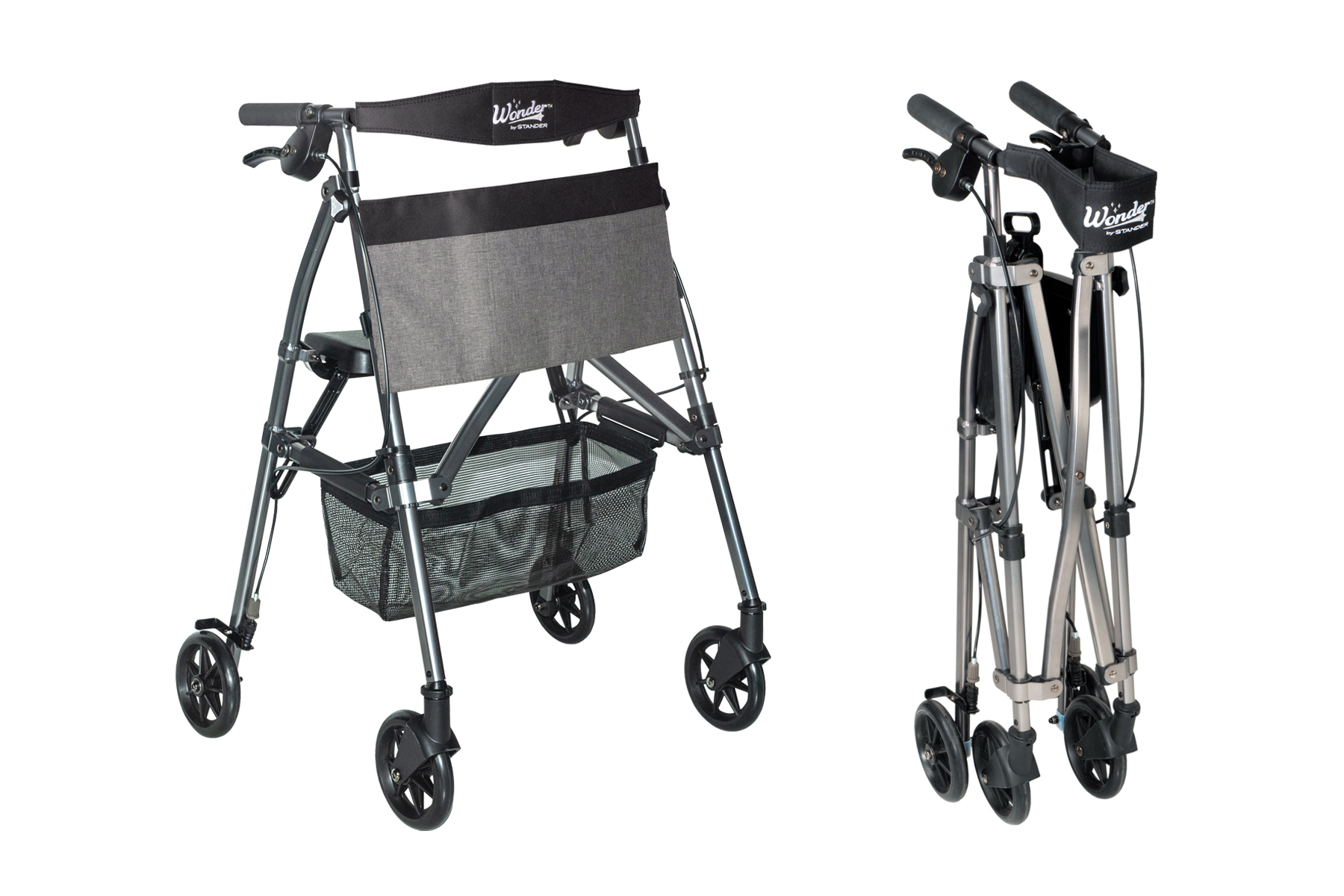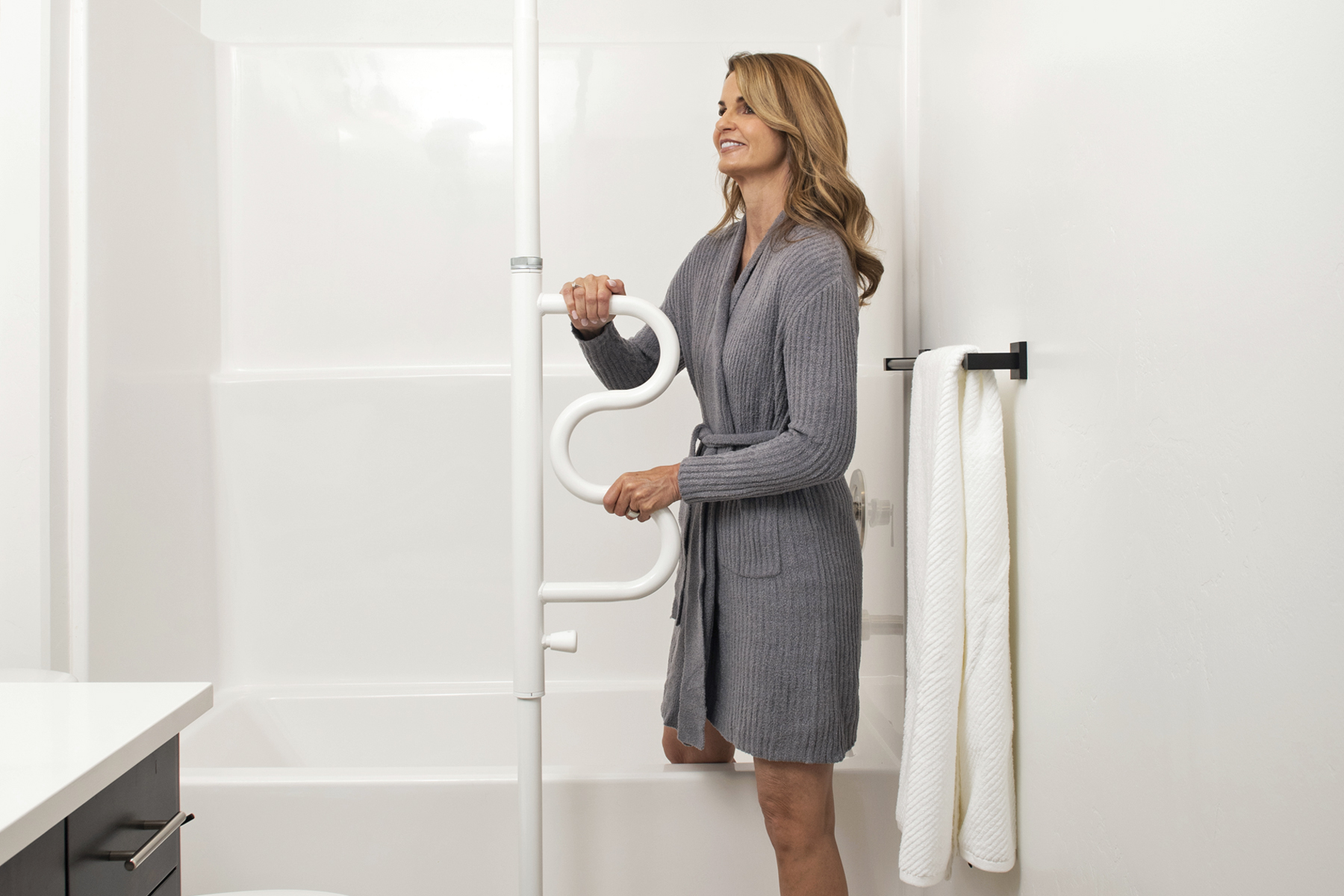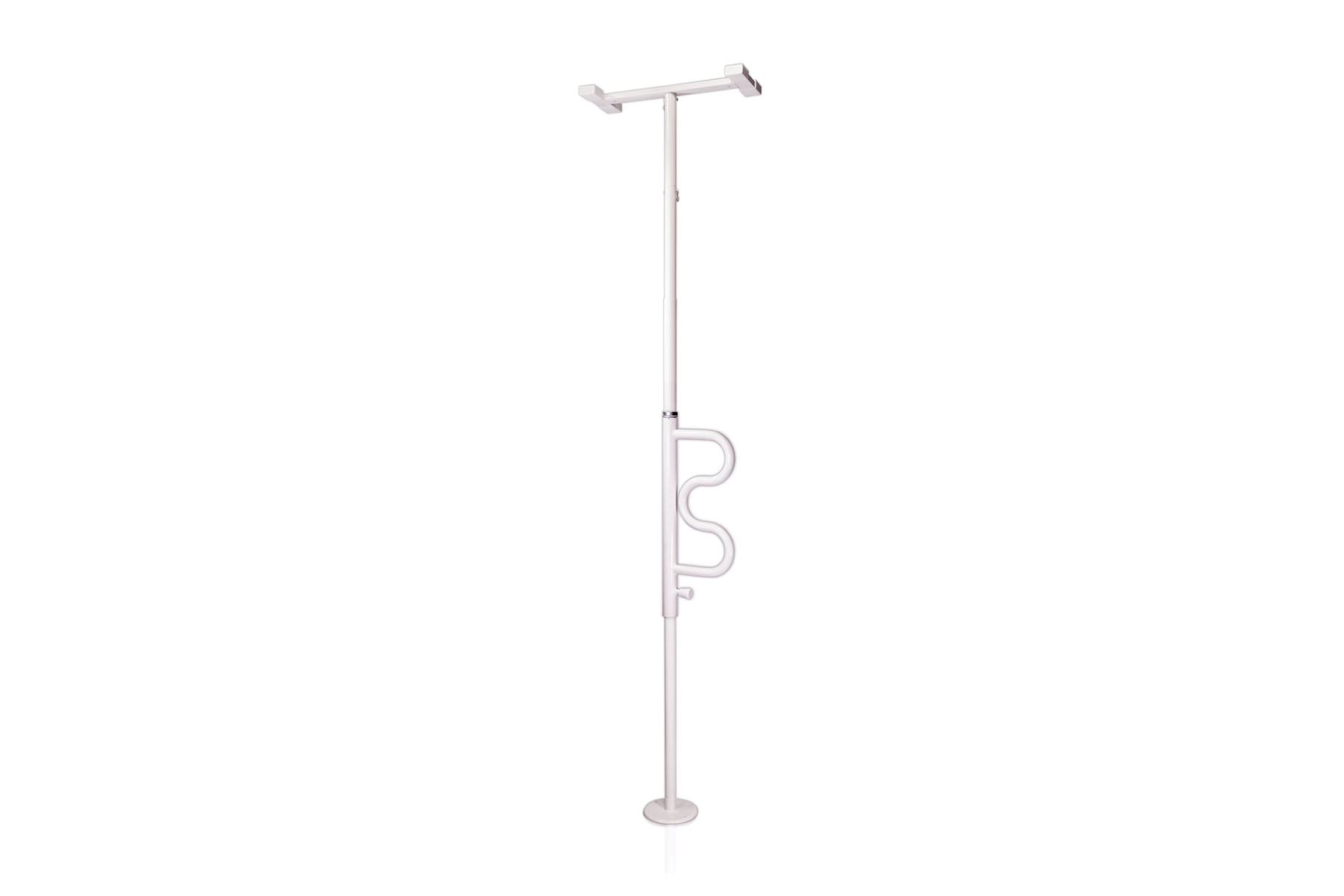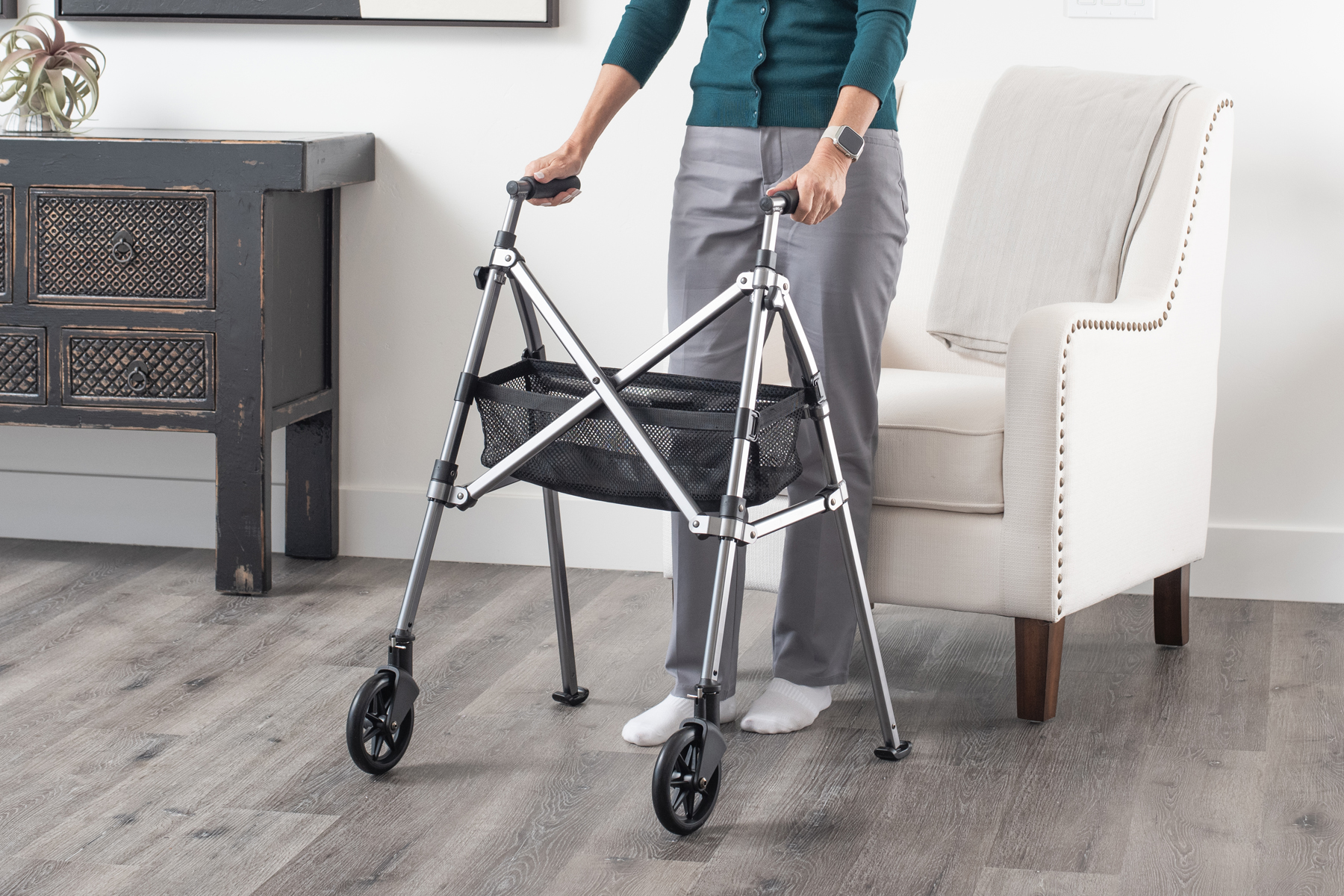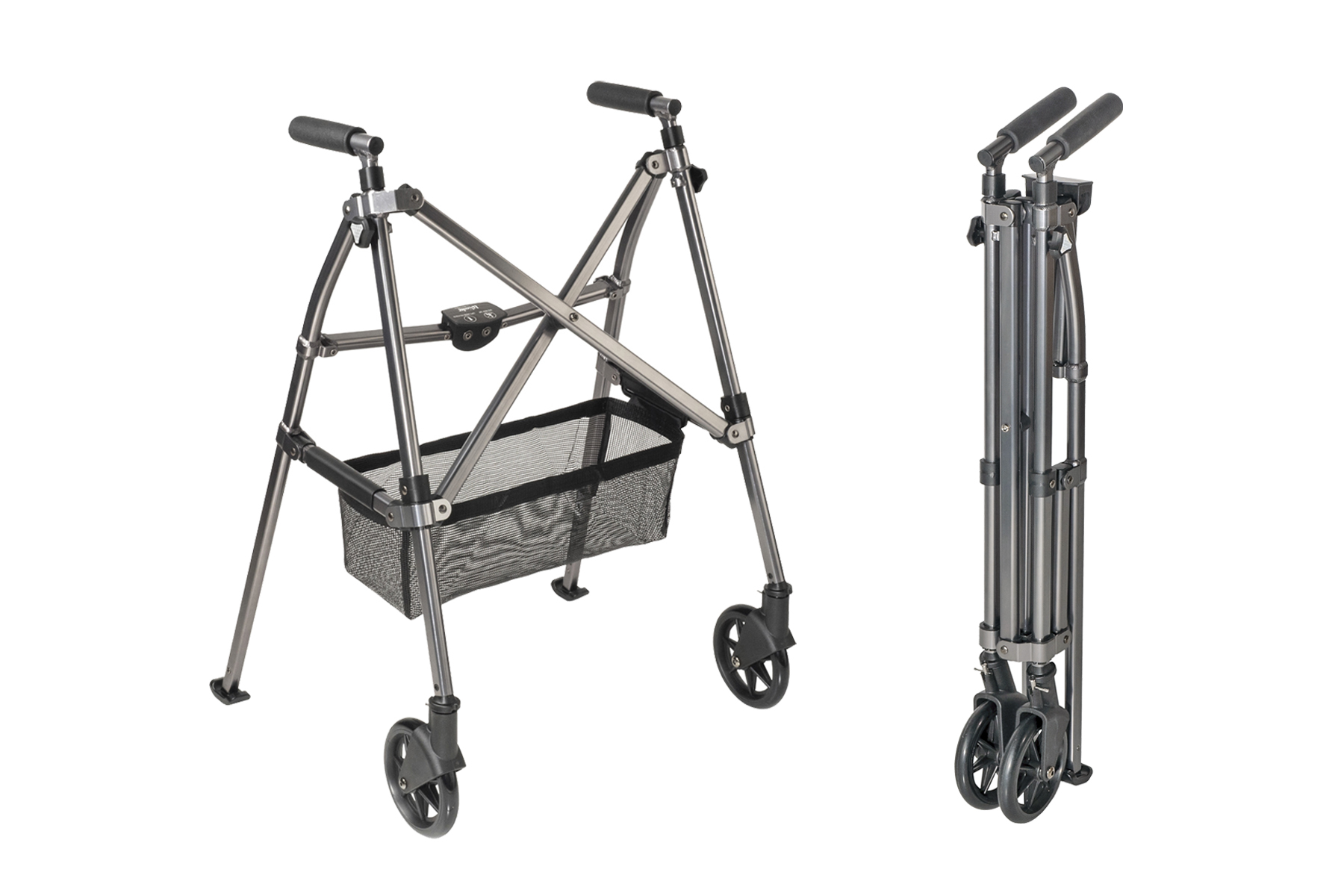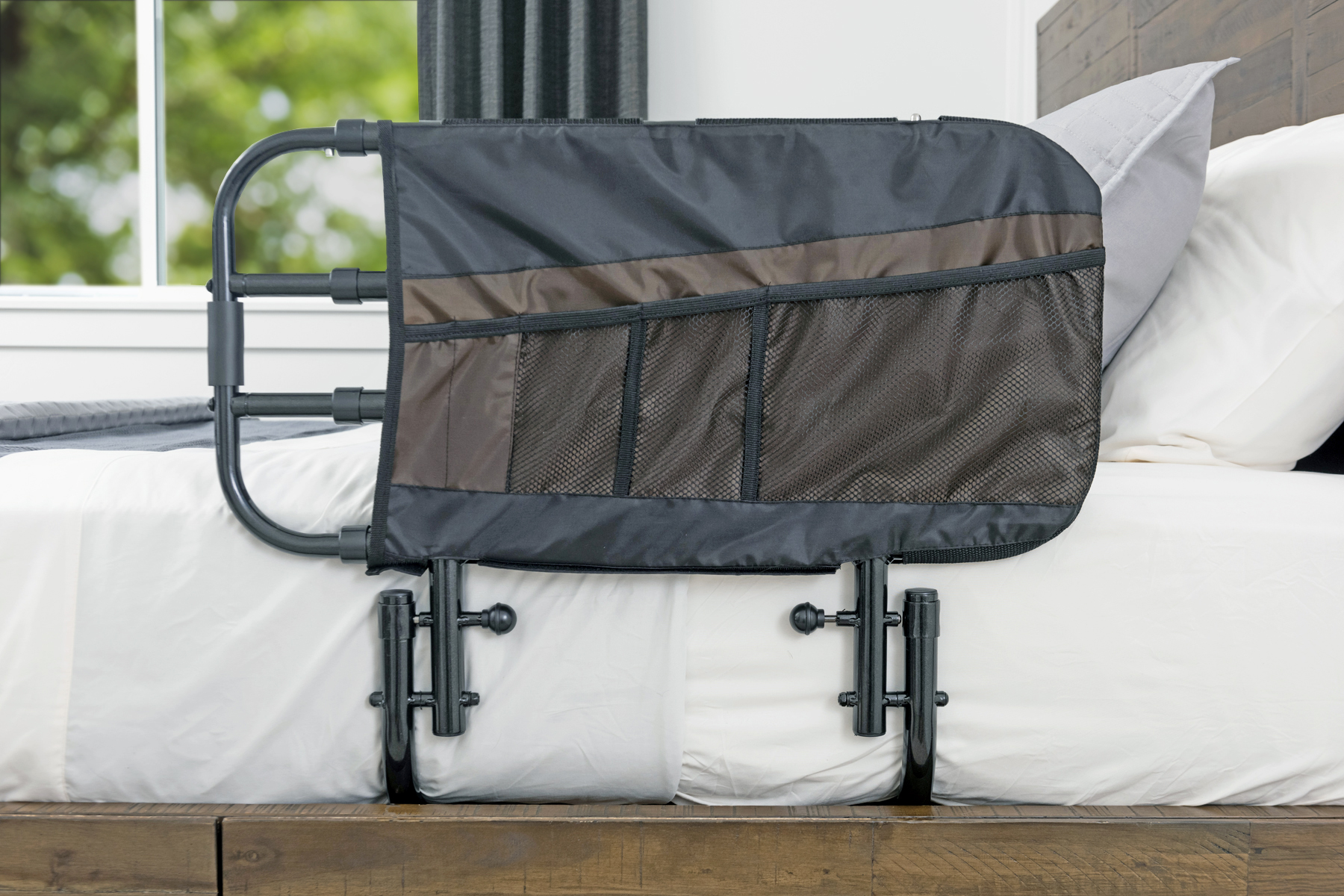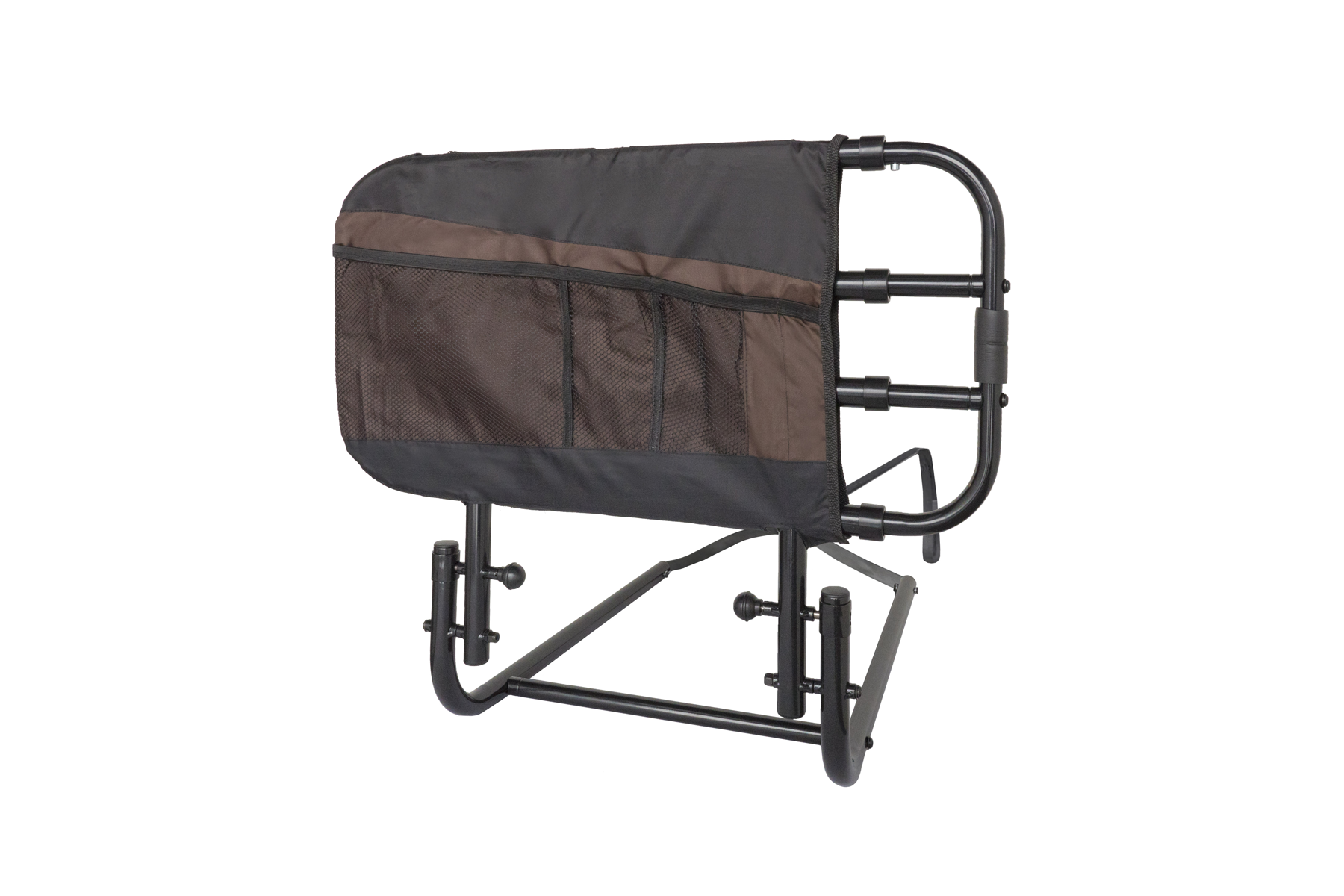With aging comes a wonderful selection of life experiences and opportunities, but it can also bring physical challenges. Many family caregivers struggle to help support the safety and independence of their elderly loved ones, especially when aiding in mobility-related needs. Without proper planning and preventative measures, even small changes can have highly damaging consequences and put your elderly relative at risk of serious injury due to falls. Fortunately, there are strategies you can implement today that will make tomorrow’s tasks easier on you both! In this blog post we’ll walk through proactive steps you can take now to promote improved mobility among the senior in your life while ensuring they stay safe later down the road.
Subscribe to our Newsletter
Error: Contact form not found.
Common Causes of Limited Mobility
The primary reason behind mobility challenges is the natural wear and tear that comes with aging. Depending on lifestyles, someone’s age, genetics, and environment can all factor into how quickly these changes happen. Proactively managing these changes to prevent falls is important for maintaining independence at home for as long as possible. Let’s take a look at some of the major factors that contribute to mobility issues in the elderly, so that you can take steps to prevent them in the future.
Osteoporosis: Osteoporosis is a condition in which the bones become weak and brittle, leading to an increased risk of fractures. This is due to a decrease in bone density, which can occur as a result of aging or other factors such as diet and activity levels. Common signs of osteoporosis include a decrease in height, a stooped posture, or an increase in joint pain. Osteoporosis can have a significant impact on the mobility of older adults, as they may be more likely to exercise caution due to their enhanced risk for fractures and breaks. Additionally, it could potentially lead to posture problems if the bones are unable to provide an adequate support structure for muscles and other bodily components.
Neuromuscular issues: Neurological diseases can have a serious effect on the body, affecting nerve and muscle activity. This often leads to difficulties with movement or mobility, such as that seen in conditions like multiple sclerosis or muscular dystrophy.
Arthritis: As we age, arthritis becomes more of a common issue – an inflammatory condition that can not only cause aches and pains in the joints but also limit our ability to move. It’s something many older adults have had to adapt with in order to remain as active as possible despite its discomforts.
Ways to Improve Mobility in Seniors
As individuals age and their joints and muscles become increasingly weak and stiff, the body’s ability to move lessens and we become more at-risk for falling and suffering a severe injury. For this reason, it is more important to be proactive in trying to reduce the risk of falling rather than being reactive after a fall has occurred. Here are some things that a family caregiver or loved one can do to maintain good mobility and physical health.
Weight management: Staying healthy doesn’t just keep disease at bay, it’s great for your joints, too! Maintaining a healthy weight can improve mobility and reduce strain on the body, in addition to minimizing risk factors like diabetes or heart problems. It’s never too late to stay healthy and active! Help your family members keep in good shape by planning daily walks, or signing them up for an exercise class at their local senior center. Exercise is a great way to promote physical health now, and reduce the risk of future problems down the line.
Diet and Nutrition: Exercise and nutrition go hand-in-hand when it comes to maintaining a healthy weight. Help your friends and family take their diets to the next level by focusing on nutrient dense foods such as lean proteins, wholesome fats, vegetables of all colors (the more variety the better!) and fresh fruits for natural sweetness.
Yoga: Yoga doubles as a form of exercise and mobility booster. Not only will it help your family member to increase their core strength, but also balance too, which could be the difference between avoiding or suffering an injury due to falling!
Hobbies: Providing a hobby for your family members is an excellent way to keep them active, productive and entertained. Whether it be gardening, painting or playing music, their new activity will provide physical benefits as well as enriching the soul!
Health Benefits to Using Safety Equipment to Improve Mobility
We often think of durable medical equipment such as walkers, grab bars, and standing aids as a reactive solution to a fall or a last line of defense to poor mobility. However, home safety equipment can be an important tool for helping seniors proactively maintain their mobility and independence. It can help prevent loss of function through providing physical support and assistance, as well as reducing the risk of falls. By proactively investing in quality durable medical equipment, caregivers can ensure that their senior loved one will stay safe and mobile for longer. Here are a few lasting health benefits of implementing assistive devices:
- Falls are not a part of aging. Implementing assistive devices such as standing aids and grab bars around the home will help to avoid the risk of a fall.
- Mobility and daily living aids, such as the HandyBar, can help you stay active and improve your health! It takes the pressure off of joints or injured areas, allowing for easy movement that is less painful. This increased activity not only boosts overall wellness but also supports healing- giving a double benefit in one comfortable package.
- With the help of home safety devices like the Security Pole, you can ‘lock down’ certain joints or other body areas to aid in healing. Immobilizing them ensures they are kept stable during recovery and allows your body time to heal properly.
- Aids like walkers and rollators are essential to improving comfort and ease of movement. It helps keep joints stable, straightens out the knees, and supports proper posture for improved overall wellness.
- Mobility solutions can help by providing support and range of motion in basic activities like sitting, standing and walking. Moving your body keeps the blood flowing to all systems which helps with kidney & lung function as well as preventing calcium loss from bones or atrophy
The Bottom Line
There are several strategies that caregivers and family members can implement to help with mobility issues, such as weight management, diet and nutrition, yoga, hobbies, and the use of assistive devices. Not only do these strategies help maintain physical health but they also reduce the risk of falls and provide lasting health benefits.
It’s critical for family caregivers to recognize the importance of taking precautionary steps today to prevent mobility-related issues tomorrow. Whether you’re looking for reliable safety equipment to increase mobility or tips to promote better physical health habits, Stander offers a full array of proactive solutions tailored to your needs. From traditional walkers and grab bars that provide extra support and stability, to comfortable standing aids that allow you move freely without strain- Stander has everything you need for improved quality of life!

